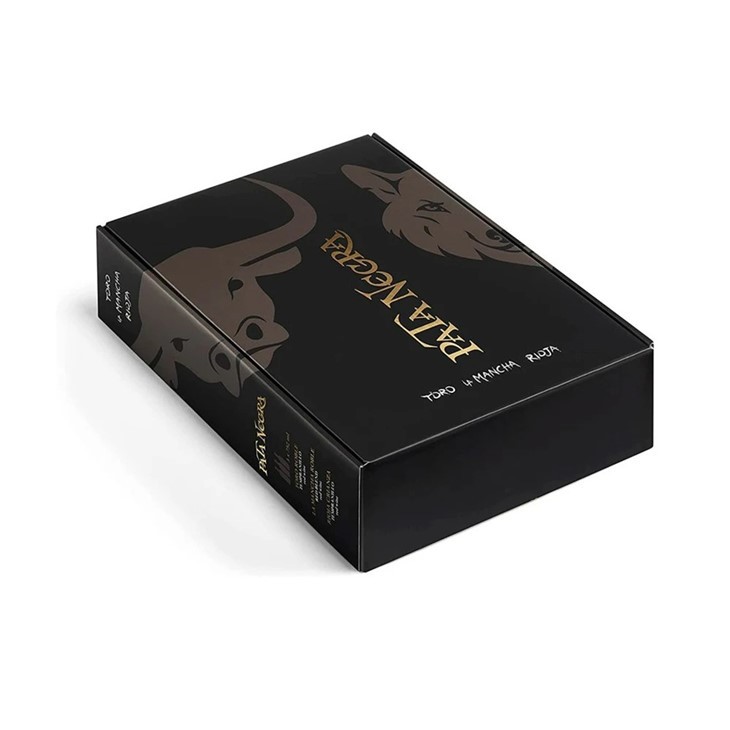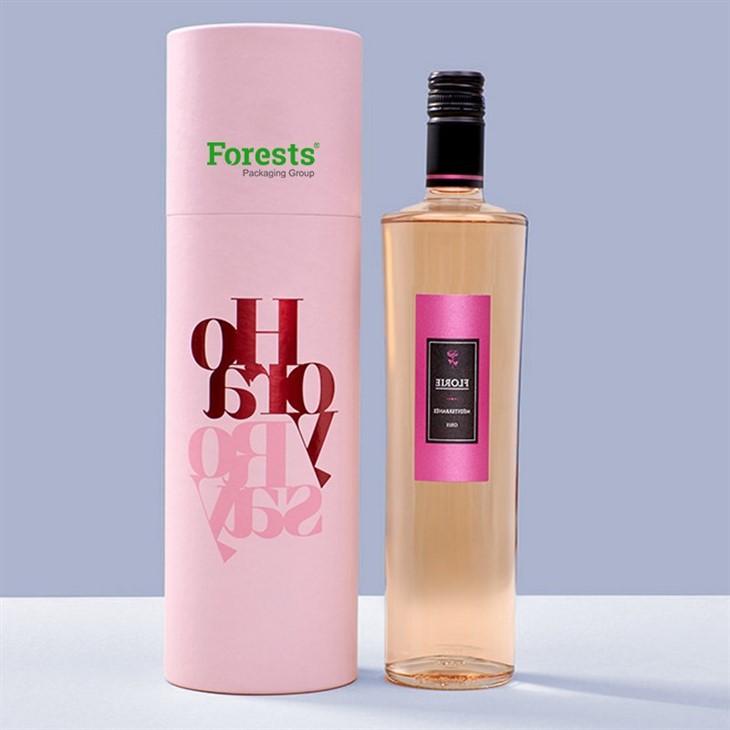What is the impact of red wine packing box design on brand image?
Jun 20, 2025
Leave a message
In the competitive world of red wine, a brand's image is a crucial asset that can significantly influence consumer perception and purchasing decisions. As a red wine packing box supplier, I've witnessed firsthand how the design of these boxes plays a pivotal role in shaping a brand's identity. In this blog post, I'll delve into the various impacts of red wine packing box design on brand image, exploring how different elements can enhance or detract from a brand's standing in the market.
First Impressions: The Power of Visual Appeal
The first interaction a consumer has with a red wine brand often occurs when they lay eyes on the packaging. The design of the packing box is the brand's silent ambassador, communicating its values, personality, and quality before the wine has even been tasted. A well-designed box can instantly capture the consumer's attention and create a positive first impression, while a poorly designed one may go unnoticed or, worse, give the impression of a low-quality product.
One of the key aspects of visual appeal is the use of color. Colors evoke emotions and can be used strategically to convey a brand's message. For example, rich, deep reds are often associated with luxury, passion, and sophistication, making them a popular choice for high-end red wine brands. On the other hand, lighter, more muted colors may be used to create a sense of elegance and refinement. The choice of color should align with the brand's target audience and the image it wishes to project.
Another important visual element is the use of imagery. A carefully selected image can tell a story and connect with the consumer on an emotional level. It could be a picture of the vineyard where the wine is produced, a traditional wine-making scene, or a symbol that represents the brand's values. The imagery should be high-quality and relevant to the brand, helping to create a sense of authenticity and credibility.
Typography also plays a significant role in visual appeal. The font style, size, and color can all contribute to the overall look and feel of the packing box. A classic, elegant font may be appropriate for a traditional wine brand, while a more modern, bold font could be used to appeal to a younger, trendier audience. The typography should be easy to read and complement the other design elements.
Brand Identity: Communicating Values and Personality
The design of the red wine packing box is an opportunity for a brand to express its unique identity. It can communicate the brand's values, such as sustainability, craftsmanship, or innovation, and help consumers connect with the brand on a deeper level. For example, a brand that values sustainability may choose to use eco-friendly materials in its packing boxes or feature a logo that represents its commitment to the environment.
The packing box can also reflect the brand's personality. Is it fun and playful, or serious and sophisticated? A brand with a fun personality may use bright colors, quirky imagery, and a humorous tone in its packaging design. In contrast, a more serious brand may opt for a minimalist design with a focus on elegance and simplicity. By aligning the packing box design with the brand's personality, the brand can create a consistent and memorable image in the minds of consumers.
In addition to visual elements, the design of the packing box can also communicate the brand's story. Many wine brands have a rich history and tradition behind them, and the packing box can be used to tell this story. It could include information about the winemaker, the vineyard, the wine-making process, or the region where the wine is produced. By sharing this story, the brand can create a sense of connection and engagement with the consumer, making the wine more than just a product.
Differentiation: Standing Out in a Crowded Market
The red wine market is highly competitive, with countless brands vying for consumers' attention. A well-designed packing box can help a brand stand out from the crowd and differentiate itself from its competitors. It can create a unique selling proposition and make the brand more memorable.
One way to differentiate is through innovative design. This could involve using unconventional materials, shapes, or packaging techniques. For example, a brand may choose to use a Champagne Cylinder Packing Box to give its wine a distinctive look. Another option is to incorporate interactive elements into the packaging, such as a QR code that leads to a virtual tour of the vineyard or a tasting guide.
Another strategy for differentiation is to target a specific niche market. By understanding the needs and preferences of a particular group of consumers, a brand can design a packing box that appeals directly to them. For example, a brand that targets health-conscious consumers may choose to use a Cardboard Wine Carrying Boxes With Windows to showcase the wine's natural ingredients and low alcohol content.
Protection and Functionality: Ensuring Product Integrity
While visual appeal and brand identity are important, the packing box also has a practical function: to protect the wine during transportation and storage. A well-designed packing box should provide adequate protection against damage, such as breakage, leakage, and temperature fluctuations.
The choice of materials is crucial for ensuring product integrity. High-quality cardboard, wood, or foam can provide excellent protection, while also being environmentally friendly. The packing box should also be designed to fit the wine bottle securely, with enough cushioning to prevent movement and impact.
In addition to protection, the packing box should also be functional. It should be easy to open and close, and it should be convenient to carry. For example, a Custom 3 Bottles Wine Shipping Box may be designed with handles or a carrying strap for easy transportation.
Conclusion: The Importance of Red Wine Packing Box Design
In conclusion, the design of the red wine packing box has a significant impact on a brand's image. It can create a positive first impression, communicate the brand's values and personality, differentiate the brand from its competitors, and ensure product integrity. As a red wine packing box supplier, I understand the importance of creating packaging that not only looks great but also meets the practical needs of the brand and the consumer.
If you're a red wine brand looking to enhance your brand image through innovative packing box design, I'd love to discuss your needs and explore how we can work together. Contact me today to start a conversation about your next packing box project.


References
- Keller, K. L. (2003). Strategic brand management: Building, measuring, and managing brand equity. Prentice Hall.
- Kotler, P., & Armstrong, G. (2010). Principles of marketing. Pearson Prentice Hall.
- Underwood, R. L., Klein, J., & Burke, R. R. (2001). The effects of color in advertising on attention, recall, and attraction. Journal of Advertising, 30(2), 27-40.
